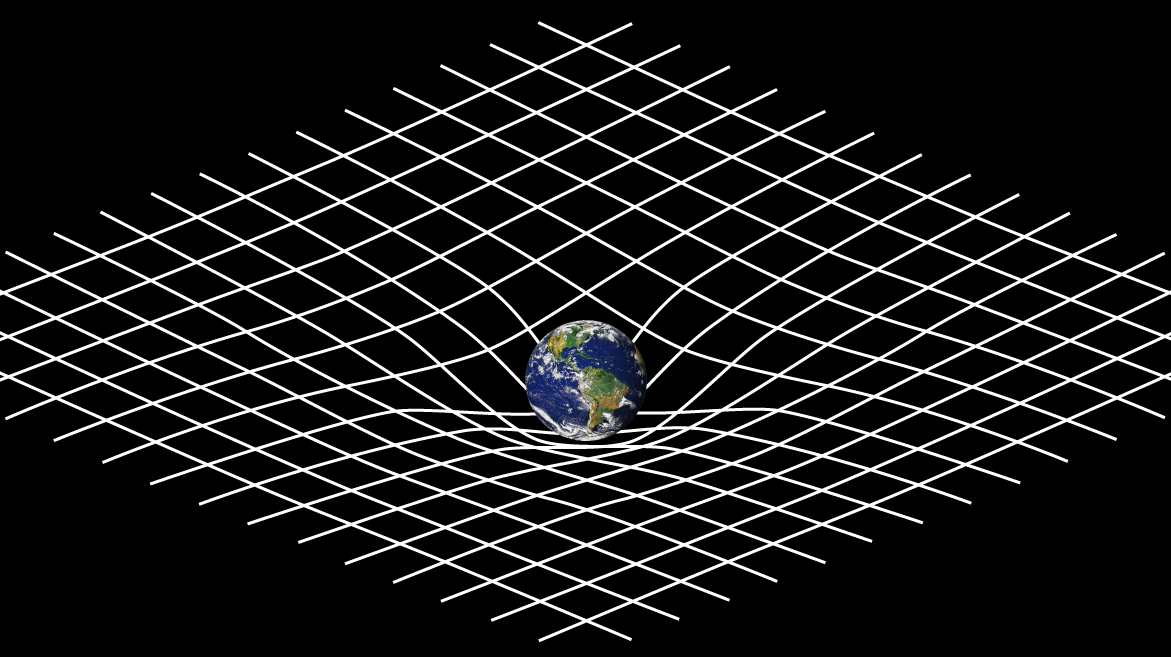Beyond the Fall of the Apple: Unveiling the Mysteries of Gravity
Written By: Arman Momeni
Introduction:
We all know it. That mysterious force that keeps you from floating up into the endless void of the cosmos. Encapsulating your entire life, the entire world is controlled by the wonderful phenomenon that is gravity. This article from Science ReWired takes you back in time, all the way back to the infamous apple drop and unveils the most important force in the entire universe: gravity.
Newton:
Many attest that if they were in Newton’s shoes, placed in a world where so much about the universe was unknown, they too would have been able to come up with the concept of gravity. Gravity is so fundamental and basic to our current understanding of the world that it seems obscure that something such as gravity was unknown or not thought of for so long. However, many people in Newton’s time neglected a simple question: why? Why do things happen? Why don’t we float? Newton broke boundaries, not because he invented anything revolutionary, but because he refused to label incredible phenomena in the world as purely arbitrary.
Isaac Newton formulated gravitational theory in the late 1600s (estimated to be around 1665 or 1666). Legend states that Newton saw an apple fall and pondered to himself: “Why did the apple fall straight down? Why didn’t it fall sideways? Why didn’t it fall upwards?” With our current understanding of gravity, these questions seem unnecessary and quite silly, but Newton was a trailblazer, he was committed to breaking down simple occurrences and correlating them to a causation.
Newton thought bigger than just the apple, however; Newton showed that the mysterious force that causes the apple to fall, is the same force that holds us to the ground and, in fact, the same force that keeps the moon and planets in orbit.
Newton formulated the law of gravitation, which states that any particle of matter, in the entire universe, attracts any other particle with a force that varies directly as the product of the masses and inversely as the square of the distance which is between them. He demonstrated this relationship with his famous equation, which is still used today by NASA: F = G(M1*M2)/R^2
Einstein:
Now, let’s jump 300 years into the future to 1915 when Einstein published his theory of general relativity. Around a decade earlier, Einstein published the theory of special relativity, which attested that space and time are indistinguishably connected, but he neglected to acknowledge the existence of gravity. Newton created the foundations for gravity, but Einstein changed the game, defining gravity as the distortion caused by the warp in the fabric of space-time by massive objects.
In his theory of special relativity, Einstein stated that the laws of physics remain constant for all observers who are not accelerating, and he also showed that the speed of light (in a vacuum) is the same, regardless of the speed at which an observer travels. Einstein started working out his equations for general relativity and discovered that massive objects distort space-time. Picture space as a trampoline; if you set a large object in the center of the trampoline, the object presses down on the fabric and creates a dip in the trampoline. Now, if you were to roll a marble around the edge of the trampoline, it spirals inward towards the large object. This action is synonymous to the way that the gravity of a planet pulls at objects in space, or the way the sun pulls on planets.
Einstein redefined gravity. It was no longer as much a force as it was curvatures in space-time. Gravity is a consequence, a by-product of motion through spacetime. Bigger objects = larger curves = stronger gravity.
Works Cited:
Britannica, T. Editors of Encyclopaedia (2022, December 9). Mach’s principle. Encyclopedia Britannica. https://www.britannica.com/science/Machs-principle
Tillman, N. T., Bartels, M., & Dutfield, S. (2022, January 5). What is the theory of general relativity?. Space.com. https://www.space.com/17661-theory-general-relativity.html



